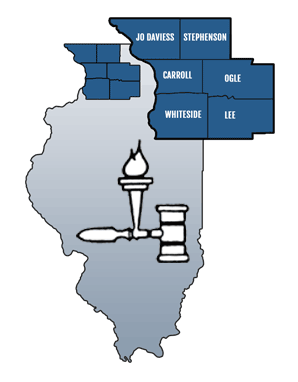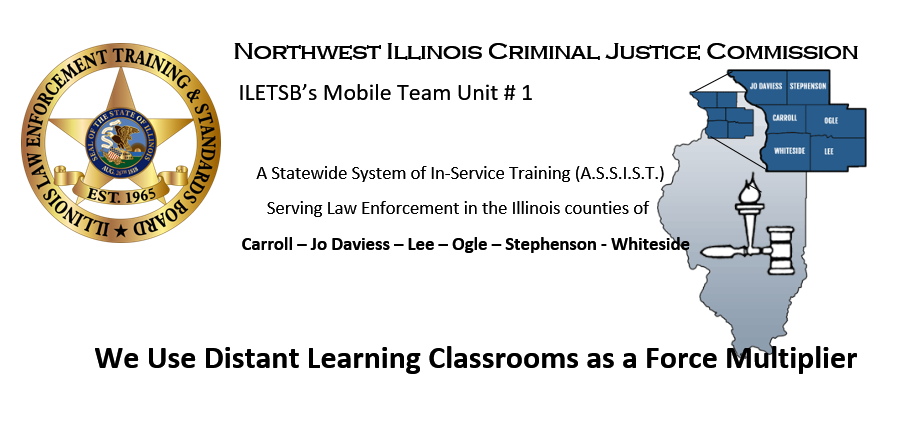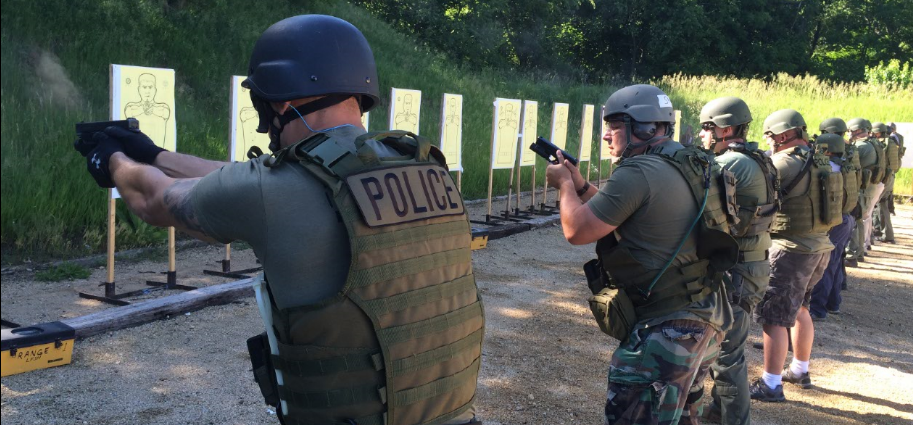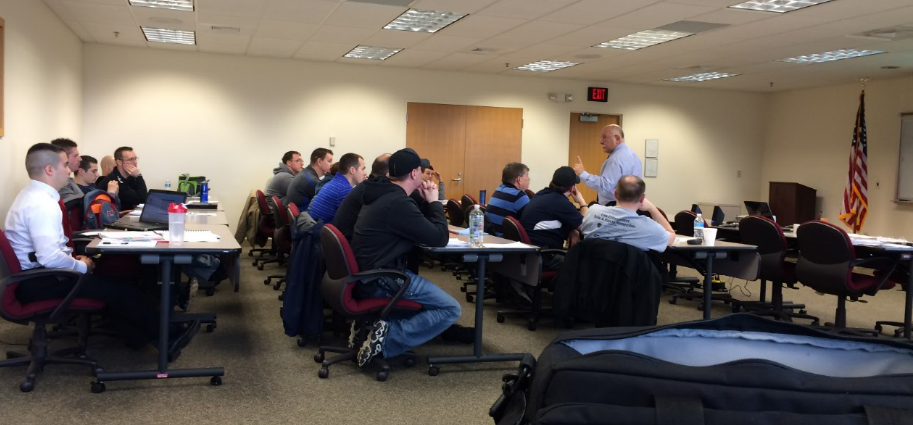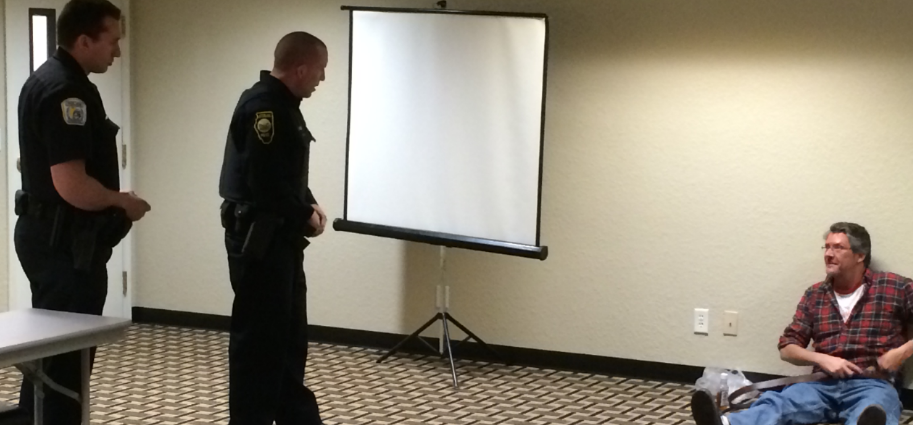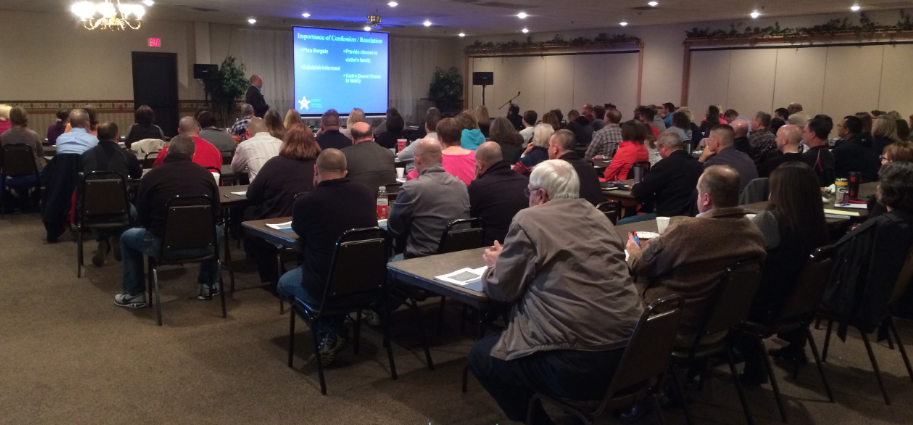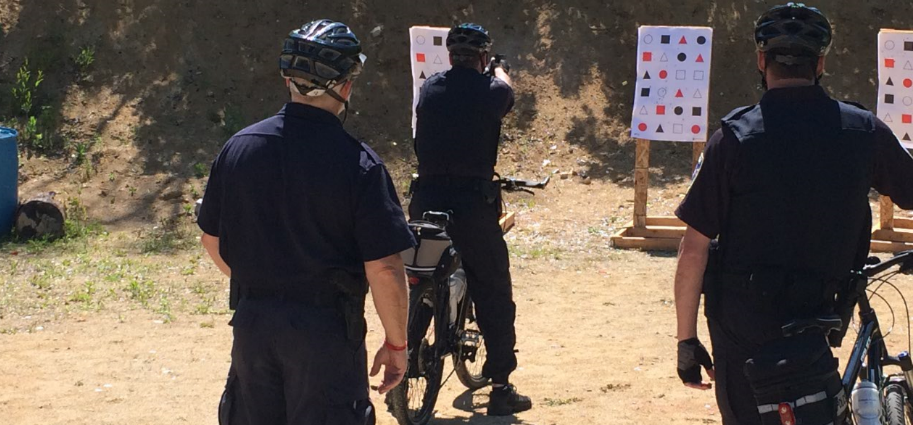Canceled-24 hr. Inside the Tape: Homicide & Crime Scene Management-Freeport
Ends On: Thursday, October 19, 2023
Registration Deadline: Tuesday, September 5, 2023
Time: 8:00 AM - 4:00 PM
Stewart Center West
Freeport, IL
Members' Fee: $0
Sworn Non-Members' Fee: $0
Non-Members' Fee: $0
DOWNLOAD FILE
This class meets the following ILETSB mandates:
Civil Rights 2 Hours
Constitutional/Proper use of Authority 1 Hour
Procedural Justice 8 Hours
Psychology of Domestic Violence 1 Hours
Reporting Child Abuse & Neglect 1 Hour
Lead Homicide Investigator 24 Hours
Class Dates: October 17-19, 2023 (24 hours)
COURSE CONTENT: This three-day death investigation course instructs & consults members of law enforcement at each level in the successful investigation and prosecution of violent offenders. Those who attend will learn to develop successful crime scene strategies that will afford them the best opportunity to properly document a violent crime scene and have analyzed the very probative evidence that will eventually lead them down that path of truth. Concentration is on the crime scene and the ability for the homicide detective to recognize various crime scene indicators coupled with victimology that will make it much easier to establish a proper motive.
Successful prosecution always begins at the initial crime scene. The recognition of physical evidence and its documentation, collection and analysis are key to an accurate and reliable reconstruction. This course also teaches and stresses the importance of proper crime scene protocol that will ensure the thorough process and documentation of any homicide scene, which often is followed by arrest of the offender and successful prosecution.
Course Objectives:
· Provide an understanding of crime scene management and control-to include personnel responsibilities and duties
· Injury recognition and establishing time of death.
· Increase knowledge of evidence recognition, documentation and recovery
· Recognizing crime scene indicators and contaminants
· Grain an understanding of equivocal death
· Recognition of bloodstain patterns
· Recognize SIDS deaths vs. potential infant homicide
· Instilling confidence in those who are tasked with investigating the ultimate crime
· The overall objective of this training course is simply to stress that there is a proper way to approach and document the homicide or suspicious death crime scene. Proper documentation also allows the investigator to identify and use all five categories of evidence to aid in scene reconstruction. There is no doubt that this course will have a great influence over those who attend on how they approach future death investigations and will help to establish the proper foundation by which every suspicious death scene should be approached.
TOPICS COVERED
- Development of Standard Operating Procedures Regarding the Suspicious Death Scene
- Defining and Explaining the Various Levels of Association that Exist Between the Homicide Victim and Offender (Pyramid of Association) (Solvability Factors)
- Initial Scene Responsibilities Covering Boundaries, Canvassing & Immediate Leads
- Proper Crime Scene Protocol as it Relates to Death Investigation & Homicide
- Cold Case Investigation Strategies & Review of Solvability Factors (Case Objectives)
- Cold Case Reviews
- Analysis of the 911 Call & Case Reviews
- Sources of Crime Scene Contamination & Prevention (Assessment Accountability)
- Categories of Circumstantial Evidence and Recognition of Contamination
- Victimology and Immediate Lead Indicators
- Medical-Legal Death Investigation (Victim I.D. / Time of Death / Injury Recognition)
- Primary & Secondary Crime Scenes (Proper Definition)
- Crime Scene Sequence Event Determination – Model Employing Scientific Method
- Crime Scene Evaluation (Execution of the Walk-thru)
- Crime Scene Indicators Related to Motive, Manner of Death & Method of Operation
- DNA Review and Touch Evidence
- Specific Types of Crime Scenes & Related Forensic Disciplines
- Case Review (To Change Each Course)
- Suicide and Equivocal Death Scene Investigation – Analysis of Equivocal Death
- SIDS Review and Infant Homicide Scene
Crime Scene Management & Individual Perception
The underlying theme of this course is to stress how important that a properly managed crime scene is to the presentation of the evidence to a judge or a jury. Circumstantial evidence presented to a jury to support any direct evidence is only as credible as the crime scene was managed. A properly managed scene is one where an in place SOP outlines individual duties and responsibilities which will make accountability and documentation much easier.
Analysis of the 911 Call
As part of a homicide investigation, any and all 911 calls should be obtained and reviewed. Often time’s statements made by the 911 caller may offer insight to their possible involvement in a suspicious death or homicide. Several cases will be reviewed along with the analysis of the 911 call that will assist the investigator in developing a strategy to approach and interview the caller. Tracey Harpster’s words should never be overlooked when first responding to the homicide scene. The caller may be the killer.
Bloodstain Pattern Analysis (Pattern Evidence Category)
Blood has three characteristics which will cause it to behave according to the laws of physics once it leaves the body. This allows the investigator to testify to its reliability and consistency as it is found and documented at the crime scene. Patterns covered are to include:
- High velocity spatter
- Medium velocity spatter
- Low velocity spatter
- Cast off patterns
- Swipe patterns
- Wipe patterns
- Points of convergence
- Points of origin
- Blood photography & documentation
- Bloodstain collection
- Blood spatter analysis for crime scene reconstruction
- Crime Scene Reconstruction
- A crime scene reconstruction model is presented which allows the investigator to take and examine all categories of physical evidence and review the analysis along with the autopsy protocol, and place into a logical sequence the most likely order of events at the scene of a violent crime. The initial and final detailed reconstruction phases are covered in detail, and will explain the overall importance and objectives of having a detailed reconstruction completed. Actual case reviews are also incorporated in this phase to give a practical example as to how this reconstruction model can be used to not only make sense of a dynamic and confusing scene(s), but also place the order of events in a proper sequence supported by the physical evidence.
- Specific Types of Crime Scenes
- Several different types of crime scenes regarding settings and motives will be discussed along with the various forensic applications appropriate to each type of investigation. Types of scenes reviewed are to include:
- Arson scenes and fire deaths
- Autoerotic Death Scenes
- Outdoor scenes and the buried and partially buried body
- Sex related scenes to include rape
- Domestic homicide scenes
- Homosexually motivated scenes
Suicide & Equivocal Death Investigation
This block of instruction shows the investigator what crime scene indicators are normally present at suicides vs. homicides, and how to recognize and distinguish between the two. Victimology is always key to equivocal death investigation. Several case examples are shown to illustrate the difference in injuries and patterns.
SIDS & Infant Homicide
Several cases are reviewed in order to enable the investigator to recognize injuries associated with infant abuse and infant homicide. The investigator will also be taught how to manage SIDS and Infant Homicide Deaths. Other topics covered include:
- Infanticide
- Neonaticide
- Filicide
- Gentle Homicide
- Angry or Impulse Homicide
- Neglect by Act or Omission/Homicide vs. SIDS
- Pedophilia
- Cold Case Investigation
Strategies will be discussed that are important when a homicide or equivocal death investigation is to be re-examined in the hopes of bringing it to a successful conclusion. From evidence initially gathered, the crime scene and re-interviewing of witnesses a step by step approach is laid out that will enable the homicide detective to have guidance when working through these cases. The results of a long passage of time and possible DNA implications are also reviewed and attending agencies are encouraged to bring cold cases to the course for examination and review.
THIS IS NOT A PUBLIC MEETING
Instructor:
Investigator David Newman is retired from the Norfolk Police Department after 23 years of service. His experience in Norfolk includes over 15 years in the bureau serving both in homicide & forensics and involvement in over 350 death investigations and high-profile homicides.
Between January and December of 2000 David Newman served as the lead investigator in over 19 homicides and was awarded Investigator of the Year by the Norfolk Police and VFW for that year. He also had the privilege to work with and learn from several outstanding prosecutors both from and outside of the City of Norfolk Prosecutors Office. Some include John Doyle, Jimmy Entas, Phillip Evans and also Paul B. Ebert and Richard A. Conway who were instrumental in the successful prosecution of John Muhammad in Virginia Beach.
David Newman attended over 200 hours of advanced death investigation training while serving with the Norfolk Police which included the Southern Police Institute, the International Homicide Investigators Association, the Virginia Homicide Investigators Association, the International Association for Identification, which he still remains a member of, the Naval Criminal Investigative Service on Cold Case Investigation and the Virginia State Division of Forensic Science.
While serving in forensics he has handled over 2300 cases and crime scenes including an additional 45 homicide investigations. Investigator Newman received his Bachelor’s degree from Old Dominion University in 1986 in criminal justice, and has lectured over 3000 hours to law enforcement agencies across the country on the topic of homicide investigation and its related forensic applications. His courses began in 2001 at the request of outside agencies and have been taught in conjunction with the Virginia State Division of Forensic Science and the Office of the Chief Medical Examiner.
Investigator Newman also instructs basic and advanced forensics at Thomas Nelson College in Virginia, equivocal death scenes at the Virginia State Division of Forensic Science Academy and is a qualified expert in death investigation and its related forensic fields which include bloodstain pattern interpretation, gunshot residue and trace, wound pattern interpretation and post-mortem interval and crime scene event reconstruction. He has provided hundreds of hours of expert testimony in criminal trial proceedings and is a nationally recognized speaker and authority on this subject.


